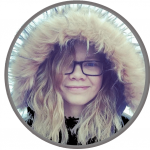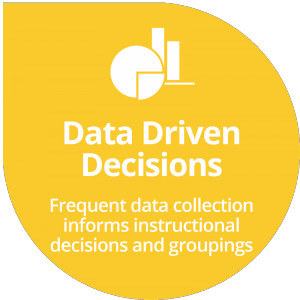We have formally been on the Personalized Learning (PL) journey for a complete school year and are now entering year two. And with the new school year, it is important to take a moment to consider where we have come from. Exceptional teachers are the standard in KPBSD, but over the course of the last year, teachers were offered opportunity to participate in building a culture of sustainable and continuous innovation on an unprecedented district-wide scale. With the development of the new 5-year strategic plan, there have been bold expectations put in place that drive the work that we do. The implementation of that plan has consisted of focused and vigorous engagement at all levels across the school district machine. As evidenced by the results of the Spring Survey conducted by Education Elements, our schools are exceeding benchmark standards in the PL implementation process.
So what does year two of Personalized Learning look like for KPBSD? Our schools are divided into three groups, or waves. This is done to not only make the training procedure manageable, but also to allow for a spiraling effect as the later waves benefit from the experiences of the practitioners who started earlier. As a result, each wave is in a different stage of exposure to personalized learning.
![]()
Wave 1 has completed their initial workshop series with Education Elements. They will spend this year really honing in on building school cultures of innovation and sharing. The central focus of that work is utilizing a model of continual improvement through building school practices that call for this enriching kind of engagement. This includes very intentional use of professional development and staff meeting time, as well as, spending time in each other’s classrooms in order to grow our capacity to engage in continuous professional learning.
![]()
Wave 2 is midway through their work with Education Elements. This Fall brings more workshops and implementation of PL strategies formally to the classrooms. Much of their workshop time will be reflecting on the PL practices and planning for continual iteration (or updating) as they continue to build their PL practices. The Spring will bring the shift toward the building of innovative school culture work that Wave 1 is working on.
![]()
Wave 3 is an assembly of our district’s high schools, larger middle schools, fly-in schools, and alternative schools. They formally began their work with Education Elements in May as their leadership teams attended their first workshop. This wave will spend the year moving through the series of workshops with Ed Elements and implementing their first PL strategies formally in the Spring.
KPBSD educators are honing our craft with depth like never before and with eyes toward continual growth and innovation. There is excitement in the air as the district moves ever closer toward having the capacity to meet every student where they are, offer them the flexibility they need, and include them in the designing of their learning experience!












